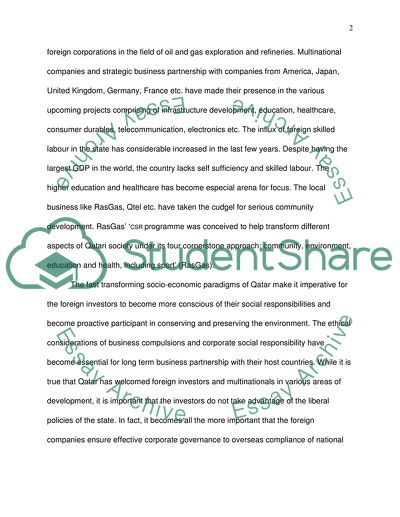Cite this document
(Socio-political Background of Qatar Article Example | Topics and Well Written Essays - 5000 words, n.d.)
Socio-political Background of Qatar Article Example | Topics and Well Written Essays - 5000 words. Retrieved from https://studentshare.org/social-science/1727105-dissertation-literate-review
Socio-political Background of Qatar Article Example | Topics and Well Written Essays - 5000 words. Retrieved from https://studentshare.org/social-science/1727105-dissertation-literate-review
(Socio-Political Background of Qatar Article Example | Topics and Well Written Essays - 5000 Words)
Socio-Political Background of Qatar Article Example | Topics and Well Written Essays - 5000 Words. https://studentshare.org/social-science/1727105-dissertation-literate-review.
Socio-Political Background of Qatar Article Example | Topics and Well Written Essays - 5000 Words. https://studentshare.org/social-science/1727105-dissertation-literate-review.
“Socio-Political Background of Qatar Article Example | Topics and Well Written Essays - 5000 Words”, n.d. https://studentshare.org/social-science/1727105-dissertation-literate-review.


